Where to go in Italy in 2018? Here’s my annual off-the-beaten path list
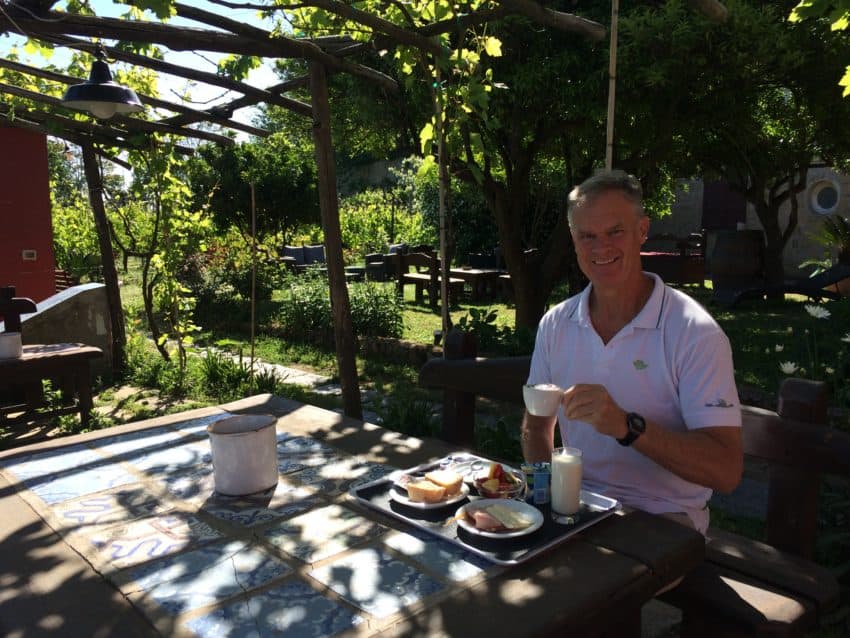
So you’re sitting at your desk and you can’t decide whether to continue your mind-numbingly boring project or kill your boss? Your last three Internet dates looked straight from the cast of “Night of the Living Dead”? It has snowed so much you’re questioning your commitment to global warming?
What photo do you put on your computer to keep you motivated? The Grand Canal in Venice? The Ponte Vecchio in Florence? Piazza Navona in Rome? How about just a damn pizza from Naples?
I have a better idea. In fact, I have 10 of them. If you daydream about Italy, go where few others go. Here is a list of 10 highly recommended off-the-beaten-path places I’ve been, mostly last year, during my combined 5 ½ years living in Italy.
Print this list (including links to expanded blogs of destinations), written in alphabetical order, and post it on your laptop instead of that gondola photo. My 2017 list received a tremendous response. I’m hoping this list will produce the same.
And maybe I’ll even save some boss’ life.

ARICCIA
It’s one of 14 towns in Castelli Romani, a series of villages in the picturesque Alban Hills southeast of Rome. At one time, they were used as defenses against an NFL lineup of foreign invaders and now offer some of the best views in Italy.
Ariccia is where Romans go to get away from the summer heat. It’s notably cooler in the hills and the town’s center is lined with restaurants specializing in porchetta. That’s the rich, sizzling, suckling pig you see served all over Italy. Seemingly every shop window in Ariccia has a giant pig, its eyes thankfully closed, laying prone with a meaty butcher carving huge slabs off it.
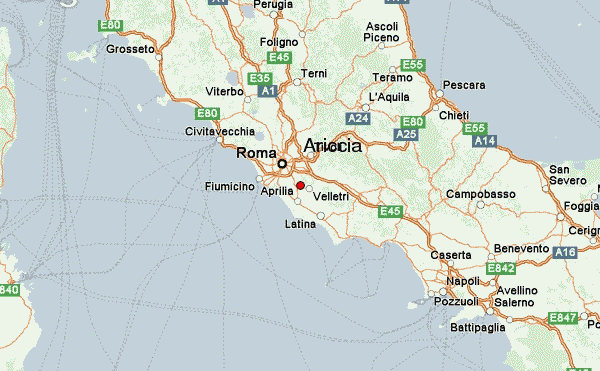
Leading you into town is a long suspension bridge with a beautiful view of the deep valley 60 meters below. It also has an eerie reputation. So many people committed suicide, the town built steel netting on both sides. At least now if you want to throw yourself onto the jagged rocks below, you have to work at it.
Ariccia can be reached by taking Rome’s Metro subway A line to Anignana then the COTRAL bus 40 minutes, getting off at Largo Savelli. Cost is 2.50 euros.
Where to stay (All prices based on two adults for one night June 1. Numbers are without the country code 39): This is an easy day trip. However, I highly recommend spending the night in small Italian towns. You’ll meet more locals at night. Try the three-star Hotel California, Via Quanto Negroni, 46, http://www.hcalifornia.com/, 06-934-0122, 55 euros including breakfast. A simple but clean hotel a short walk from the commercial center and highly rated.
Where to eat: Dal Brigante Gasperone, Via Borgo S. Rocco 7, http://www.fraschettabrigantegasperone.com/, 06-933-3100, 6 p.m.-midnight. An amazing antipasti plate including porchetta, bufala mozzarella, ricotta bufala, three different sausages (including horse), pancetta, prosciutto, salami, bruschetta and bruschetta with spinach. If you have room, order the pappardelle cinghiale, wide, flat noodles with wild boar sauce.
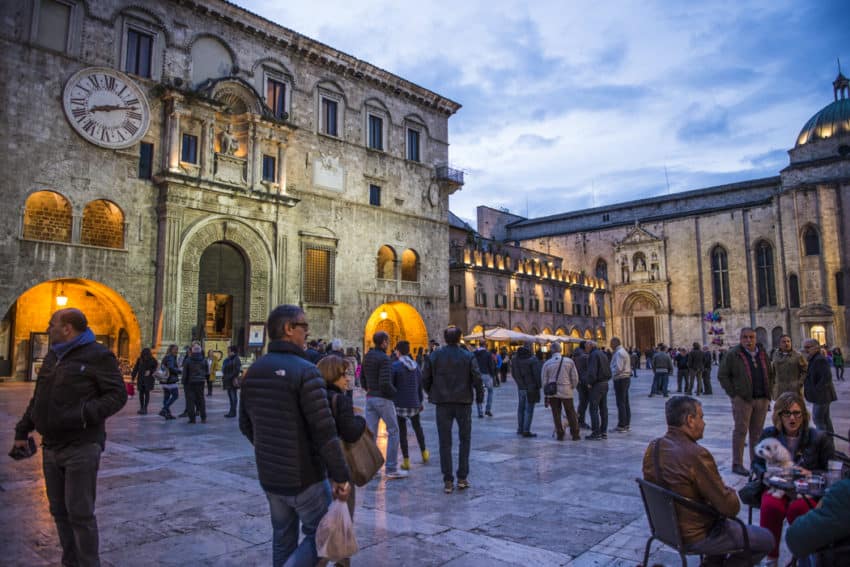
ASCOLI PICENO
In 2002, I threw a felt pen at a giant map of Italy on my wall and visited wherever the pen landed. It hit Ascoli Piceno and I couldn’t have had better aim. It’s a charming small town of about 50,000 on the Le Marche-Abruzzo border only 15 miles from the Adriatic coast.
Le Marche is Tuscany light. It has everything Tuscany has — beaches, vineyards, hill towns — at about half the price and a quarter the tourists.
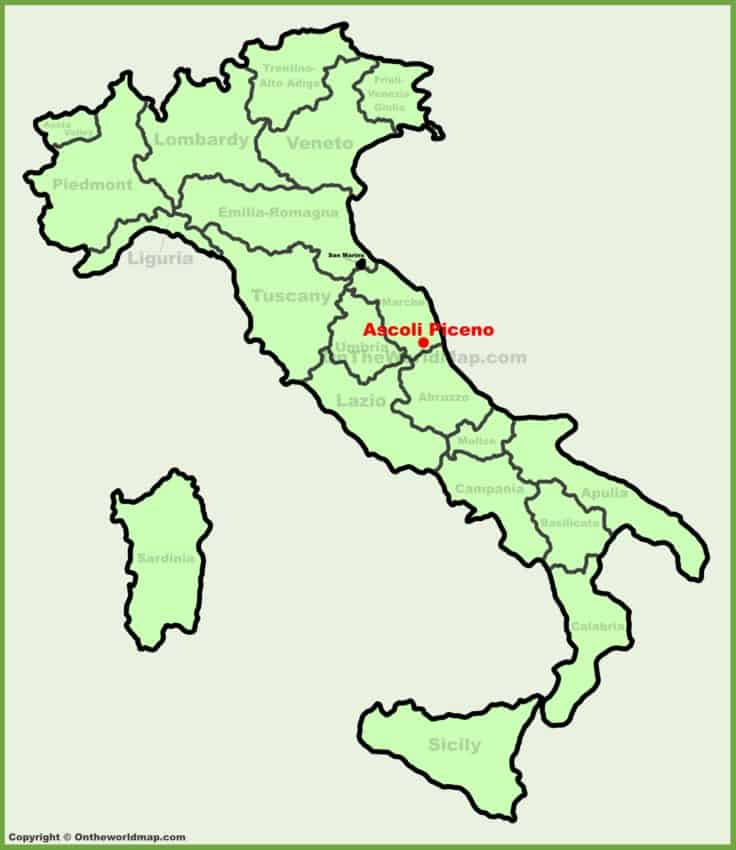
Ascoli Piceno is so cute you’ll want to wrap it up in a doggy bag along with it signature dish, the olive all’ascolana: olives stuffed with breaded veal then fried. It’s served from Sicily to the Alps but nowhere is it better than its birthplace. You also must try the fiori di zucchini con mozzarella e acciughe (zucchini flowers with mozzarella and sardines), cremini (fried cream puffs) and agnello fritto (fried lamb). Come during its annual Frito Misto (Mixed Fried) festival April 21-May 1.
Walk it all off by prowling the 9th century Piazza del Popolo, which may be the prettiest piazza in Italy
Where to stay: Il Decumano B&B, Corso Giuseppe Mazzini 335, 348-339-9592, 70 euro. A simple but charming B&B on quiet Corso Mazzini lined with some of the prettiest buildings in town.
Where to eat. Del Corso, Corso Giuseppe Mazzini 277, 07-362-56760. Just down the street from the B&B, the scowling owner wasn’t enough to spoil spectacular seafood fresh from the nearby Adriatic. Try the fish soup.

FAVIGNANA
I liked this little island off the west coast of Sicily so much I went there twice last year with my girlfriend, Marina. The Weather Channel made Favignana famous in 2016 by ranking it 13th on its list of bluest water in the world. Go in the fall when the Italian tourists have left and the water is still warm.
The butterfly-shaped island, formerly a major tuna fishing outpost, is only 14 square miles and the main mode of public transportation is bicycle. Rent one and cruise along the lonely roads, trying different beaches at every stop. Don’t miss Cala Azzurro (Blue Beach), which earned Favignana the spot on The Weather Channel’s list.
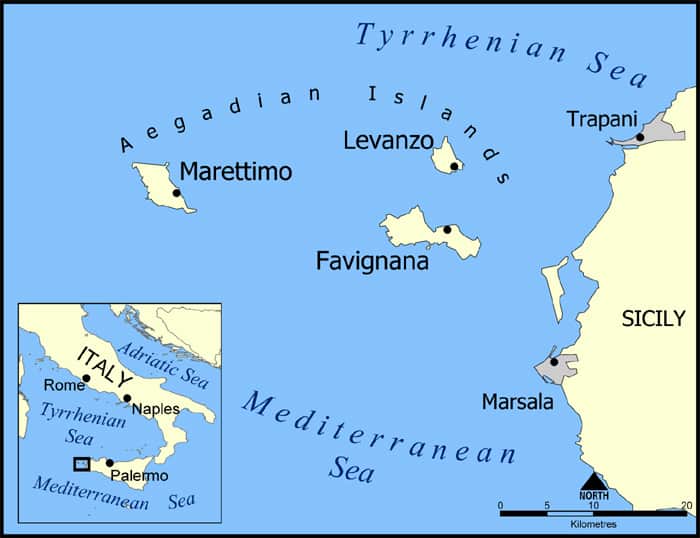
Leave enough time to hang out in Piazza Madrice where the locals go to drink Nero d’Avalo, Sicily’s signature red wine. Favignana is only a 70-minute flight from Rome to Trapani and then a 30-minute hydrofoil ride to Favignana.
Where to stay: Albergo Isola Mia, Strada Punta Marsala 18, http://www.favignanaisolamia.com/, 09-2392-2116, 333-310-0154, 120 euros. Run by rocking musician Jose Tammaro, the single story bungalows have nice porches, a great breakfast spread and is walking distance to the main village.
Where to eat: Trattoria da Papu’, Piazza Madrice, 324-532-1497. The best seafood on an island known for it, Papu’ has a nautical theme with fish nets and seashells hanging from the walls. Order the busiate, western Sicily’s trademark thick twisty pasta, great with seafood. Reservations a must.
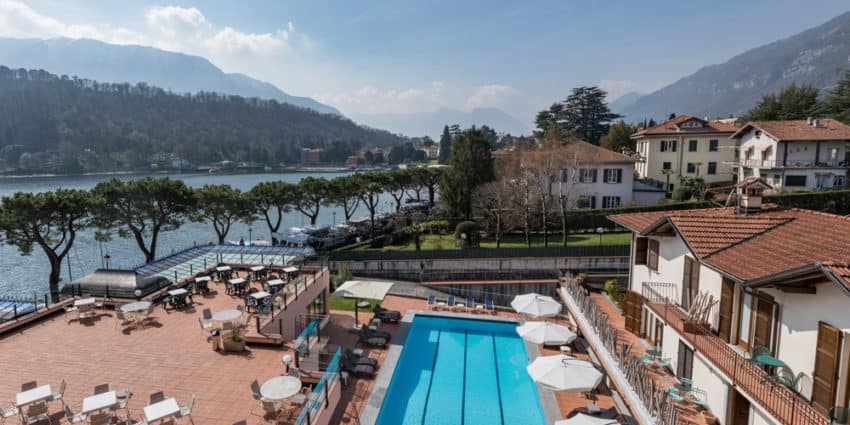
LENNO
Lake Como is my favorite lake in the world and Lenno may be my favorite town. Quiet and unpretentious, it’s lined with casual lakeside eateries for afternoon aperitivos. The lake is surprisingly warm in the summer and there’s even a small sandy beach for sunbathing.
Don’t join the throngs ogling George Clooney’s mansion in nearby Laglio. You can see it well enough when the ferry passes it on its way to Lenno. Instead, take a tour of Balbianello, built in 1700, one of the many astounding villas in the area. You can also climb to the top of 1,700-meter Monte Tremezzo for great views of the cobalt-blue Lake Como.
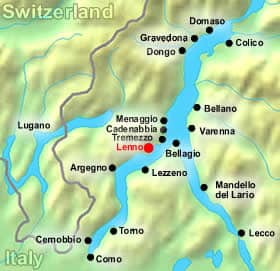
Where to stay: Hotel Lenno, Via C. Lomazzi 23, 0344-57051, http://www.albergolenno.com/, 170 euros. The four-star hotel is across the narrow street from the dock and has a gorgeous swimming pool and lakeside seating for drinks.
Where to eat: Al Veluu, Via Rogaro 11, Tremezzo, 0344-40510, http://www.alveluu.com/index_full.html, noon-2:30 p.m., 7-10 p.m. I don’t remember if the food was any good. No matter. It’s up on a hill in neighboring Tremezzo with a spectacular panoramic view of the lake. Lit by candles and adorned with white tablecloths, it’s no place to go alone — as I did. Shut up. It’s not funny.
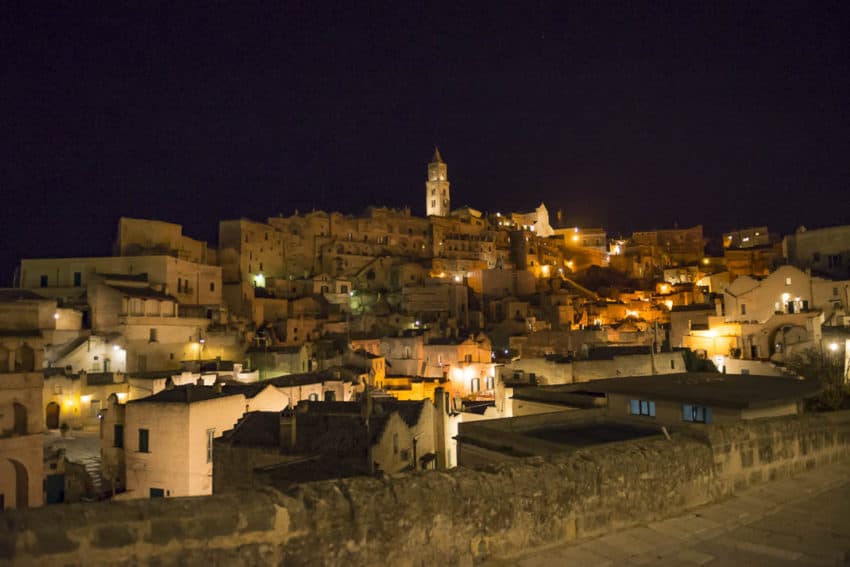
MATERA
It’s hard to classify a place that gets 400,000 tourists a year “off the beaten path” but Matera is so far out of the way — yet so worth it — only the hearty make it here. It’s the world’s third-oldest city, a dead ringer for Old Jerusalem. That’s why 25 movies have been filmed there, including “The Passion of the Christ” in 2003.
It’s a seven-hour bus ride from Rome to Matera in Basilicata, Italy’s forgotten region between Puglia (heel of Italy’s boot) and Calabria (the toe). Basilicata has only 570,000 people, making it one of the most rural in Italy.
Walk the narrow, windy streets between the stone houses of a city that has been continually inhabited for 9,000 years. Look inside the sassi (caves) where people lived until the neighborhood was abandoned after World War II. It stayed that way until the 1980s when a reclamation project brought it back to life.
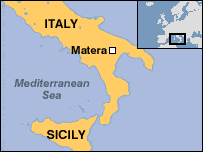
You can also take a two-hour hike across the gorge for fantastic views back to the town.
Where to stay: La Dolce Vita B&B, Rione Malve 51, 08-35-310-324/328-711-1121, http://www.ladolcevitamatera.it/, 80 euros. Vincenzo Altieri is Matera born and bred and has a great B&B in the heart of the old town. He’s a wealth of knowledge.
Where to eat: Soul Kitchen, Via Casalnuova 27, 368-328-2232, http://www.ristorantesoulkitchen.it/, 12:45-2:45 p.m., 7:30-11 p.m. Picture elegant cave dining, maybe the finest in town. Try the potato ravioli stuffed with bufala mozzarella and covered in pesto and tomato sauce.

ORVIETO
Instead of hustling from Rome to Florence, stop halfway in Orvieto. It’s a nice hilltown in oft-overlooked Umbria where the wineries are much less crowded and cheaper than neighboring Tuscany.
Orvieto is perched atop a volcanic rock above vineyards and olive groves. Its duomo, a giant confection of white marble with an outrageous facade, is one of the prettiest in Italy. It should. It took 300 years to build. Take a tour of Orvieto Underground, a series of 440 caves used as bomb shelters during World War II.
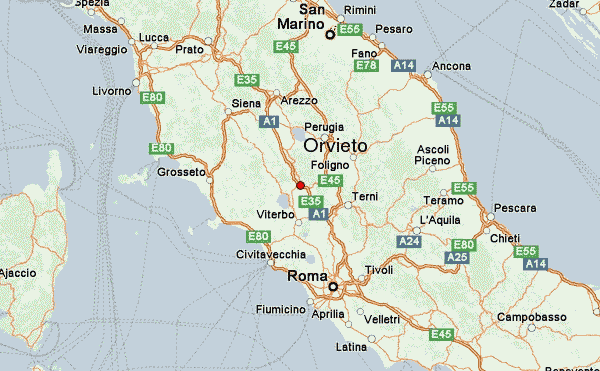
Better yet, just wander the narrow streets and listen to the soft jazz wafting from various restaurants. Orvieto’s annual jazz festival, Dec. 28-Jan. 1 this year, makes a stop worthwhile during the holidays.
Where to stay: Hotel Posta, Piazza del Popolo 27, 0763-341-909, http://www.orvietohotels.it/en/, 56-69 euros. Roomy, homey lobby with cast-iron bed frames in nice rooms right on the beautiful main piazza.
Where to eat: Trattoria del Moro Aronne, Via San Leonardo 7, www.trattoriadelmoro.info, noon-2:30 p.m., 7:30-9:30 p.m. Wednesday-Monday. A simple trattoria near the piazza specializing in Umbrian dishes such as carbonara with fava beans and bacon.
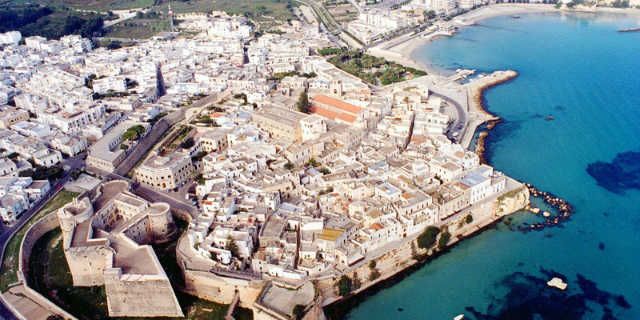
OTRANTO
This former fishing village has become an offbeat beach destination in Puglia for those tired of the more popular Bari and Lecce. Some of Italy’s best beaches are only three miles from the city center, all accessible by public bus starting in June. In the off season, you can rent a bike for an easy, flat ride along the beautiful coastline. May is ideal as the Adriatic is already warm enough to swim and Italian tourists are a long way from arriving.

The charming port is a great place to stroll at sunset or have a glass of Puglia’s trademark Negroamaro wine in one of the many restaurants with views of the sea. For insight into Otranto’s bloody history, check out the 11th century cathedral where on display in glass cases are the skulls of 700 locals, courtesy of a Turkish invasion 600 years ago.
Where to stay: Balconcino d’Oriente, Via San Francesco da Paola 71, 0836-801-529, www.balconcinodoriente.com, 80 euros. A short walk up the hill from the harbor, this B&B has an odd but cool African-Middle East theme in the rooms. It’s also close to local restaurants.
Where to eat: Peccato di Vino, Via Rondachi 7, 08-3680-1488, http://www.peccatodivino.com/, closed Tuesdays. A romantic, candlelit, elevated, outside dining area is the perfect place to enjoy Pugliese cuisine such as the trademark orecchiette with sausage and shaved provolone cheese. Don’t lose your appetite with the 700 skulls just across the alley.
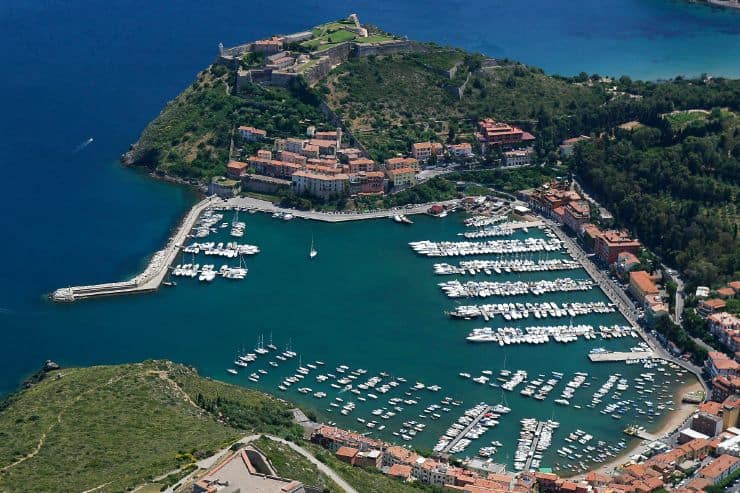
PORTO ERCOLE
Like art? If you like art, you must study Caravaggio. If you like Caravaggio, you must visit Porto Ercole. This is the idyllic, seaside village in Tuscany where the great Baroque master died. His death remains a mystery (Madness? Malaria? Murder?) but his intriguing life comes together in this lovely town sticking out on the end of a jetty.
A 90-minute drive from Rome, Porto Ercole has a Piazza Caravaggio, a Via Caravaggio and La Locanda Del Caravaggio. “The Master of Darkness” is everywhere. His presence in the forest near the beach is marked by a small white statue, his face contorted in a silent scream.
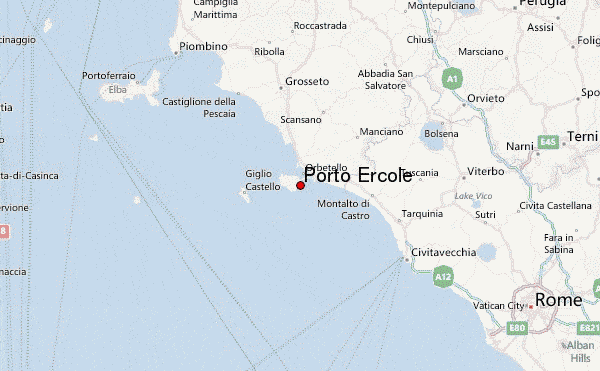
The town wraps around a lovely harbor lined with nice restaurants, bars, crafts stores and high-end apartments. The Spanish, who ruled in these parts 500 years ago, built forts on facing hills.
Where to stay: Hotel Don Pedro, Via Panoramica 7, 05-64-833-914, La Locanda Del Caravaggio, www.hoteldonpedro.it/, 100-120 euros. I only came to Porto Ercole on day trips but this three-star hotel has beautiful views of the harbor.
Where to eat: La Sirena, Via Caravaggio 89, 05-64-835-032, noon-2:30 p.m., 7-11 p.m. Just off the harbor, it serves fresh seafood such as squid and prawns with excellent service and fair prices. Reservations recommended.
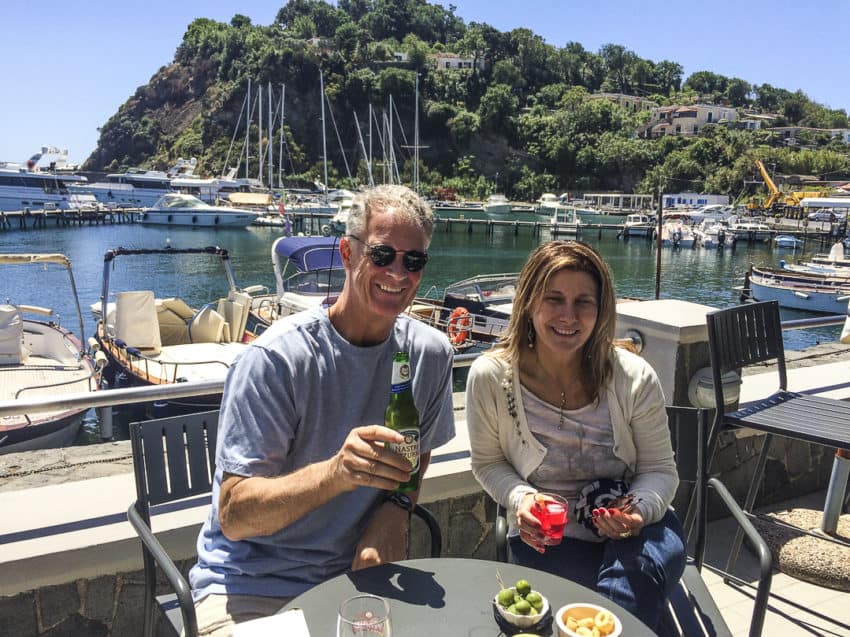
PROCIDA
Forget Capri. Next time, avoid the crowds and come to Procida, 10 miles to the north. It’s what an Italian fishing village was like in the 1950s. That’s where “Il Postino” was set when the charming love story was filmed in 1994.
Procida is an island only 1.6 square miles with just 12,000 people. Its curved harbor with pastel-colored buildings is a perfect place to eat a neapolitan pizza or have a glass of wine. Take a cheap bus to the fine beach on the north end where you can also while away an afternoon at one of the many harbor bars.

It’s only a 70-minute train ride from Rome to Naples then a 30-minute hydroplane ride to Procida.
Where to stay: Albergo La Vigna, Via Principessa Margherita 46, 08-1896-0469, http://www.albergolavigna.it/, 130-180 euros. It’s set in a vineyard with remarkable views of the Bay of Naples. And don’t miss the spa which you can reserve for a private hour. (Wink!)
Where to eat: La Lampara, Via Marina di Corricella 88, 08-1896-0609. Impossibly romantic location above the harbor. The seafood ravioli, stuffed with shrimp and ricotta cheese, was the best ravioli of my life.
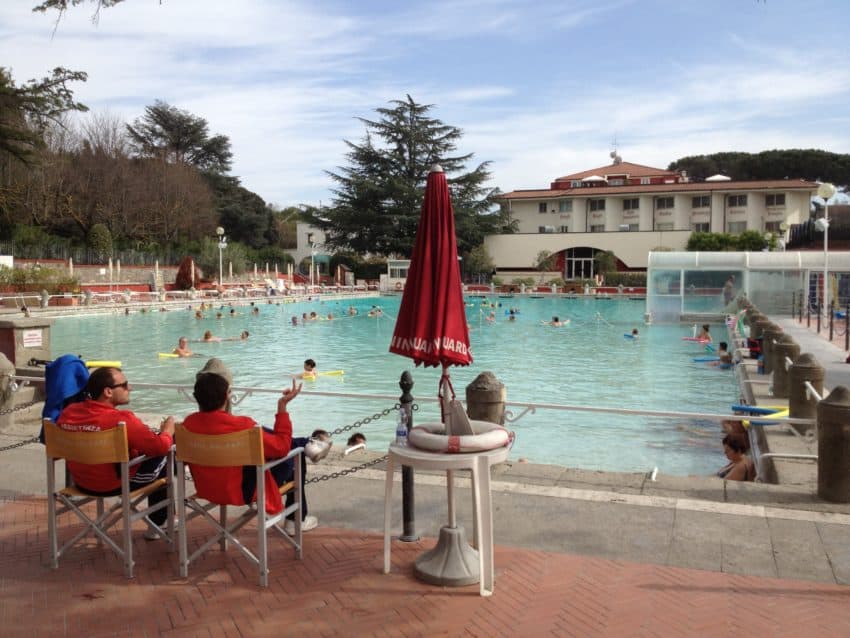
VITERBO
This walled hill town is 40 miles north of Rome and can be done in a day trip. However, after spending all day in the Terme dei Papi thermal baths, you don’t want to sit on a bus. The outdoor baths, with different temperature pools, have been around since Michelangelo and Dante Alighieri used them and are still popular with Romans today.
Wander the Old Town behind the Roman walls. The window shopping is wonderful but stop in Ejelo, a local wine and cheese shop where the owner will ply you with local Nettaro di Confini wine and wild boar sausage.

To get here, go to the Roma-Nord train station outside the Flaminio subway stop and take the train to Saxa Rubra. From there take a bus to Viterbo and get off at the Porto Romana stop.
Where to stay: La Meridiana Strana, Str. Cimina 17, 347-0173-5066, http://www.lameridianastrana.com/uk/prima_uk.html, 60-80 euros. A charming 19th century farmhouse just outside of town seven kilometers from the spa, it features a swimming pool.
Where to eat: Felicetta, Strada delle Terme 5, 07-612-50420, https://www.facebook.com/TrattoriapizzerialaFelicetta/, 7 a.m.-11 p.m. The little country inn not far from the thermal baths has what’s considered the best gnocchi in Italy. Go on Thursdays, Italy’s “Gnocchi Day.”


January 24, 2018 @ 12:39 am
Thankyou for this article – in fact I enjoy reading all of your posts. My daughter and I travel to Italy every year and I have definitely enjoyed visiting many of these places – Orvieto, Lenno ( anywhere in Lake Como), Otranto and Matera are fantastic. Ascoli Piceno, Procida and Viterbo are places I am longing to visit also. Trouble is there are too many places in Italy and not enough time when you can only go for one month each year. However, as they say, it just means you have to keep returning!
February 3, 2018 @ 11:03 pm
Cazzo John, sono stato sveglio tutta la notte a leggere i tuoi articoli ! uno più bello dell’altro, complimenti. La tua scrittura è fantastica, fluida, completa, amichevole.
Leggendoti ho scoperto cose di Roma che non sapevo e sono 45 anni che vivo qui !! Grazie.
In cambio ti lascio un consiglio.
Andate sicuramente qualche giorno a Ponza a giugno, bastano 3 notti, con il traghetto delle 20.00 da Terracina al tramonto, noleggiate uno scooter per andare in giro e un gommone per fare il giro di Palmarola, Jack Cousteau diceva che è una delle 10 isole più belle del mondo.
Andate a mangiare la Granseola al Ristorante Punta Incenso, accompagnata da una bottiglia di Biancolella, vino bianco meraviglioso che vendono solo a Ponza.
Grazie della compagnia, continuerò a seguirvi.
Vi abbraccio
Lorenzo
February 4, 2018 @ 11:38 am
Grazie mille per il messaggio, Lorenzo. Sei molto gentile. Infatti, sono andato a Ponza quattro anni fa. Mi piaciutto moltissimo. Posso scrivere sulla isola anno prossimo.
February 20, 2018 @ 2:26 am
Great list! Ascoli is one of the most beautiful places in Italy I have been thus far.